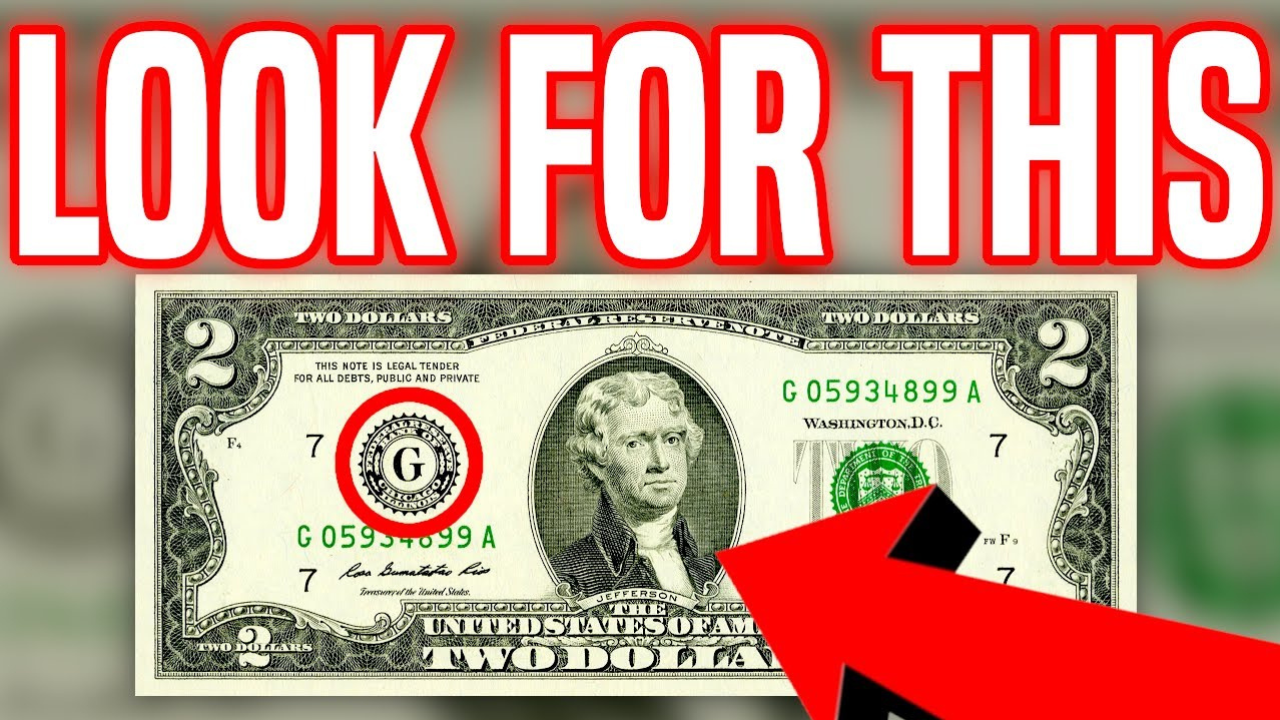Direct deposit of $4,983 for everyone in October 2025: A one-time direct deposit of $4,983 is coming to millions of Americans this October—and for many families, it couldn’t come at a better time.
Whether you’re a working parent trying to make ends meet, a retiree shouldering the burden of bills, or simply feeling the pressure of today’s rising costs, this financial help could provide enough relief to get you ahead—or even further.
While this amount seems universal, not everyone is eligible. So who’s getting it, when will it arrive, and what’s behind this unusually precise dollar amount?
Let’s understand it.
Why $4,983?
The $4,983 payment is no ordinary number. It’s part of the federal cost-of-living relief package passed earlier this year, designed to offset ongoing pressures caused by post-pandemic inflation, high energy prices, and housing instability.
Lawmakers agreed on the $4,983 figure after calculating the average increase in basic living expenses—including groceries, gas, rent, and healthcare—from 2021 to 2024.
While this isn’t a long-term solution, it’s intended to provide one-time financial assistance to help families stabilize before the 2026 budget reforms are implemented.
Who is eligible?
Although some headlines suggest that “everyone” will receive a payment, actual eligibility is based on 2024 income and tax filings. The main criteria are:
- Individuals earning up to $78,000 per year
- Married couples with a joint income of less than $156,000
- Heads of households earning up to $112,500
- You must file a 2024 federal tax return
- You must be a U.S. citizen or legal permanent resident
- Certain non-taxpayers, including Social Security recipients and disabled veterans, may also be eligible if their income falls within the limits.
Importantly, no application is required. If you are eligible, the IRS will automatically process your payment using your latest tax and bank information.
When will the payment arrive?
According to the Treasury Department, the first round of direct deposits will begin on October 15, 2025, and most payments will be processed within 2-3 weeks.
Here are the details:
- October 15-21: Direct deposits for those with banking information on file
- October 22 – November 1: Checks will be mailed to addresses on file
- After November 5: Follow-up for prepaid debit cards and unprocessed accounts
You will be able to track the status of your payment through the updated “Get My Payment” portal on the IRS website starting in mid-October.
A Lifeline for Many
For many Americans, this check isn’t just “extra” money—it’s a necessity.
Marisa Allen, a 61-year-old retiree from Tennessee, says she will use the payment to pay property taxes and outstanding medical bills.
“I’ve been living month-to-month since 2022,” she explains. “This is the first time I’ll be able to put aside some money for peace of mind.”
Similarly, Jamal Rivera, a single father and delivery driver in Arizona, says this check will finally allow him to take a day off from work.
“I’m working double shifts to make ends meet. Maybe this will let me breathe. Maybe I can take my daughter out to dinner without worrying.”
Support—and Some Opposition
While the plan has been widely praised by working-class advocates, some critics are concerned about its cost. The program is expected to cost more than $210 billion, partly funded by unused pandemic relief and adjusted discretionary spending for 2026.
Nevertheless, economists say it could provide a short-term boost to local economies. University of Michigan economist Dr. Lila Stern said:
“This kind of targeted, time-limited support is quickly spent—giving businesses a boost and helping communities more broadly. It’s not a panacea, but it is timely and well-planned.”
What you should do now
If you think you’re eligible, take these steps:
- Check your 2024 tax filing—make sure it’s submitted and correct.
- If you’ve changed banks, verify your direct deposit information with the IRS.
- Beware of scams—the IRS will never call, text, or email you asking for personal information.
Final Thoughts
In uncertain times, a little help can go a long way. A $4,983 direct deposit can’t solve every financial problem, but for millions of Americans, it’s a step toward stability—and a sign that someone still understands the pressures ordinary people face.
As October approaches, this isn’t just another payment—it’s a moment of hope.





